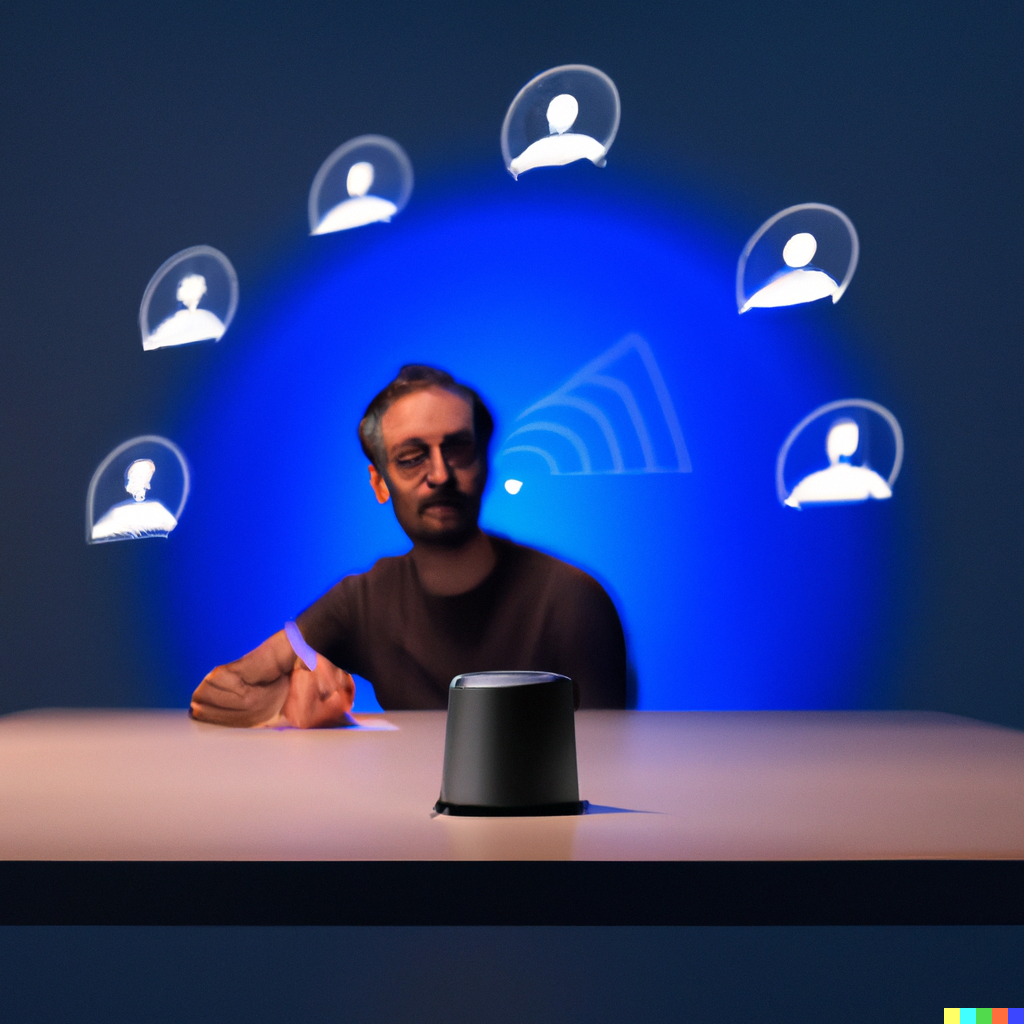What is your opinion about voice AI, like Open AI Realtime Speech to Text?
Voice AI technology, such as Open AI Realtime Speech to Text, has revolutionized the way we interact with machines. This cutting-edge technology allows users to communicate with devices using their voice, enabling hands-free and seamless interaction. The ability to convert spoken language into text in real-time has opened up a plethora of opportunities across various industries.
Enhancing Accessibility
One of the key benefits of voice AI is its ability to enhance accessibility for individuals with disabilities. People with visual impairments or physical disabilities can now use voice commands to navigate devices and access information effortlessly. This technology has significantly improved the quality of life for many individuals, allowing them to perform tasks that were previously challenging or impossible.

Improving Efficiency
Voice AI has also proven to be a game-changer in terms of improving efficiency and productivity. By eliminating the need to type or manually input information, users can accomplish tasks much faster. Whether it's transcribing meetings, composing emails, or searching the web, voice AI streamlines the process and allows users to focus on more critical aspects of their work.
Challenges and Considerations
Despite its numerous benefits, voice AI technology is not without its challenges. Issues related to accuracy, privacy, and security continue to be areas of concern. Ensuring that voice AI systems accurately interpret and transcribe speech remains a significant challenge, especially in noisy environments or with diverse accents.

Privacy and security are also paramount considerations when using voice AI technology. Storing and processing voice data raise potential privacy risks, and users must be vigilant about how their data is being used and protected.
Conclusion
In conclusion, voice AI technology, such as Open AI Realtime Speech to Text, has immense potential to transform the way we communicate with machines. While there are undoubtedly challenges to overcome, the benefits in terms of accessibility, efficiency, and productivity are undeniable. As this technology continues to evolve, it will be fascinating to see how it shapes the future of human-machine interaction.




















